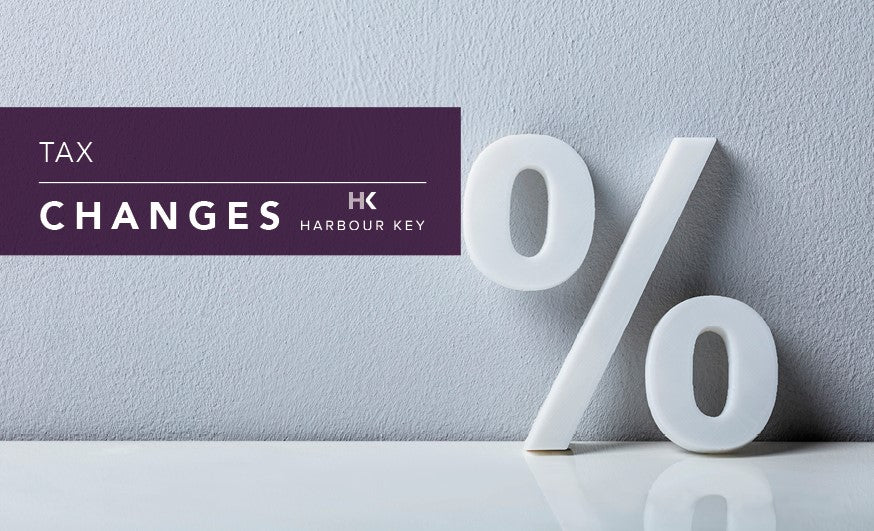
Outside of the 1.25% NIC increase to pay for social care, it has been estimated that half a million sole traders and partners, as well as other taxpayers, may face higher tax bills than expected next year if the Government’s proposal to change the date businesses report their profits is approved.
The proposal is to change the 12-month period partners and sole traders use to calculate their profits – to bring everyone in line with either 31 March or 5 April, the end of the tax year. The simplification of the basis period rules were part of the Government’s legislation day, known as ‘L-day,’ in July when the Government published a number of consultation documents including one on tax basis period reform.
The change is part of the move to Making Tax Digital (“MTD”) which will require quarterly reporting from April 2023, and which requires a simple year-end process. If you are not aware what MTD is, probably because you are a non-VAT registered business or a landlord, please take a look HERE.
This change to the basis period rules will impact individuals, trusts, partnerships and others with trading income that is subject to income tax.
The proposals change the basis period from a ‘current year basis’ to a ‘tax year basis’. This will change the underlying profits or losses subject to tax from the 2022/23 tax year onwards and bring forward the time at which tax on such profit is due for payment.
Businesses have backed calls for the tax year to fall in line with the calendar year in a move that would simplify the system and bring Britain in line with most other countries. A poll of 500 SME leaders saw 91% say they support moving the date for filing tax documents, saying that while the switch would require careful planning, the inevitable short-term disruption would be worth it to deliver a tax system fit for the 21st century. However, this change to a calendar year basis looks unlikely to happen now following L-day.
What is the impact of changing the basis period rules? It brings forward the timing of tax payments!
For those with an accounting date other than 5 April (or 31 March) there will be an apportionment of profits to determine the profits treated as arising in the tax year. For businesses that reach the filing deadline for a tax year without having drawn up accounts covering the entirety of the tax year, estimated results will be needed from which to make apportionment. The current understanding is that there will be a transition year, which will have two components determining the basis of taxable profits for the 2022/23 tax year. For example, the basis period for a business with a 30 April year end would be determined by adding together two components:
- Taxable profit for the year ended 30 April 2022 - the standard component; plus;
- Taxable profit from 1 May 2022 to 5 April 2023 - the transition component.
In the above example, the sole trader would be taxed on 23 months profit, although overlap profits from the early years of trade must be deducted from the profits of the transitional year. (Overlap profits are profits on which tax has been paid twice under the commencement rules, when the business started.
For businesses where profits in the transition tax year are higher than if calculated under the current basis of assessment, because of the changes to basis periods, the Government proposes an election to spread any ‘excess profits’ in the transition year over up to five years.
What actions can affected taxpayers consider?
With fundamental changes to the basis period for charging tax and acceleration of the timing of the payment of tax on profits, taxpayers should consider:
- Understand the real impact of these changes on their business;
- Have accurate timely information on which to make informed decisions and appropriate plans; and
- Manage cashflow.
Detail of the Governments proposal and its consultation paper can be found HERE.
The results of the consultation are still to be announced, but with the MTD plan, it is highly unlikely that the changes will not be implemented.



